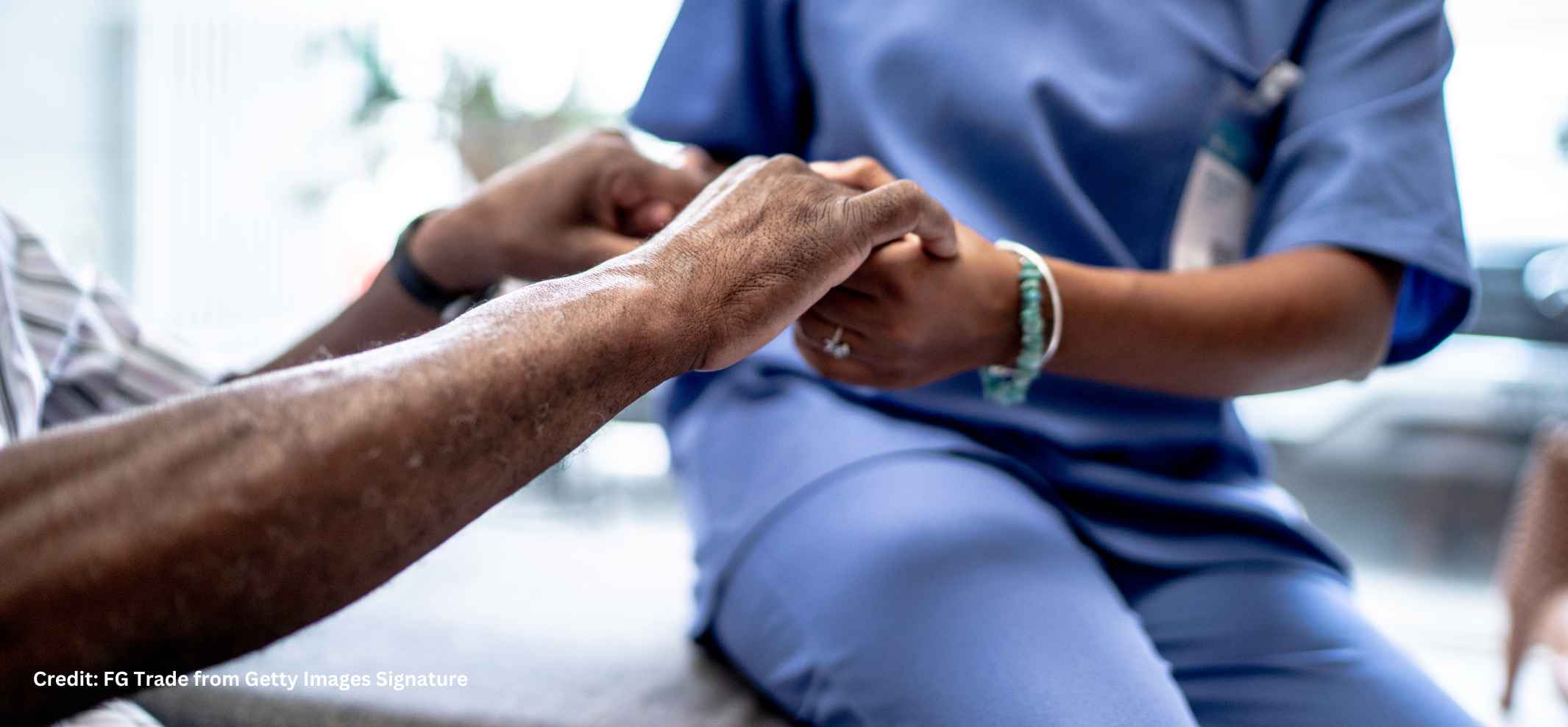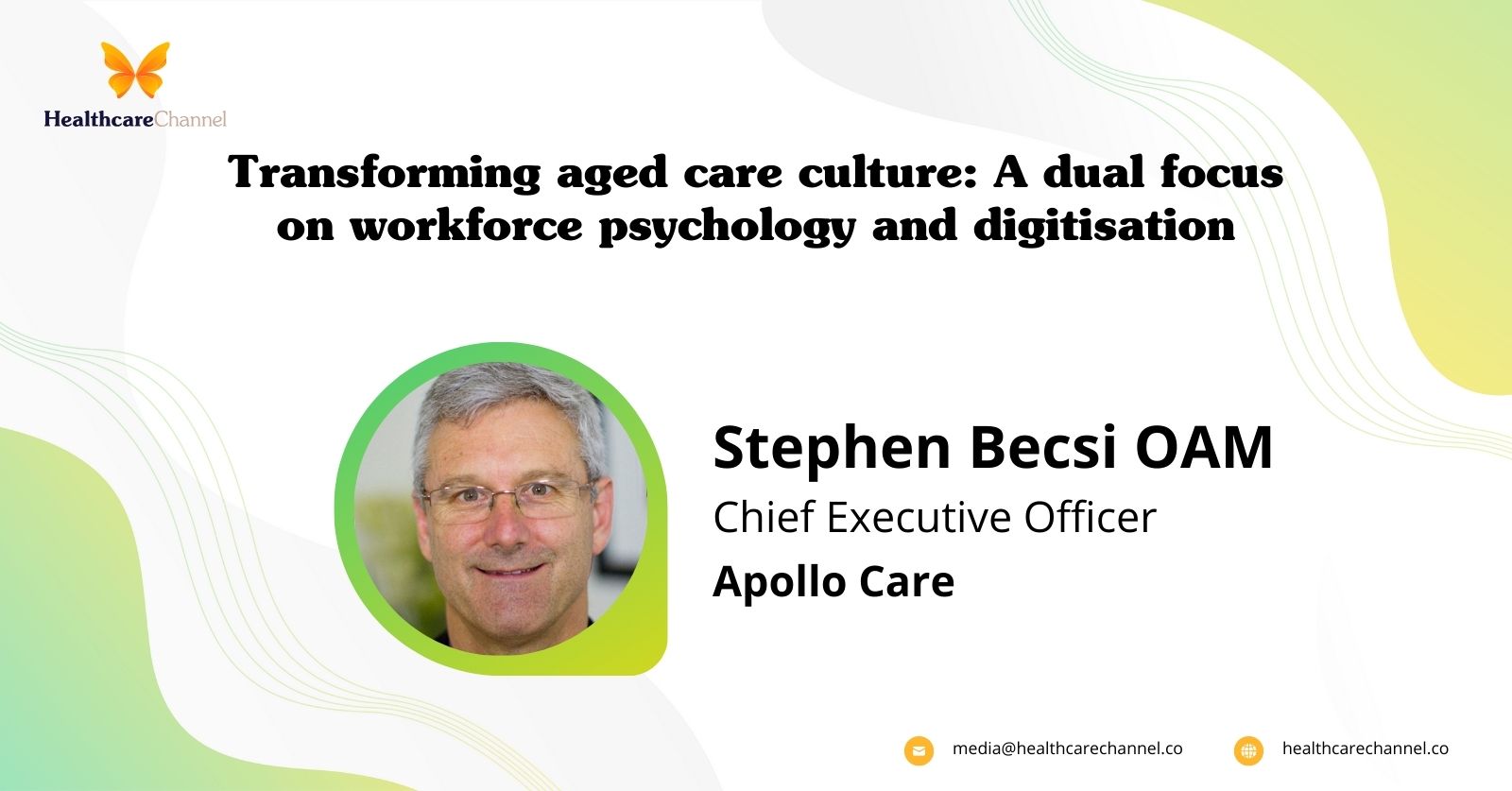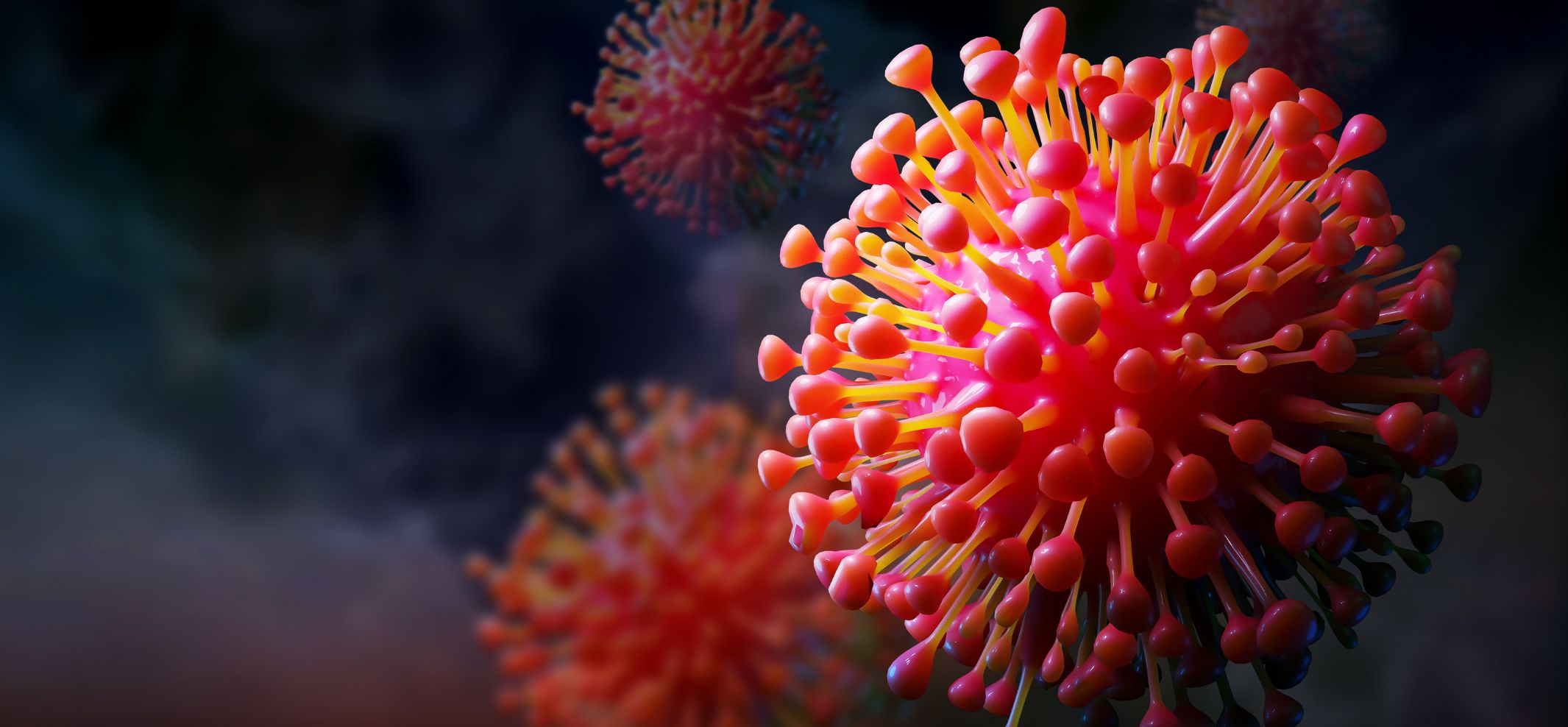New technology could potentially 3D print biomaterial directly onto organs inside a person’s body, providing a minimally invasive approach to medical procedures.
Engineers from UNSW Sydney have developed a miniature and flexible soft robotic arm that can be used to 3D print biomaterial directly onto organs inside a person’s body.
The research from UNSW Medical Robotics Lab, led by Dr Thanh Nho Do and his PhD student, Mai Thanh Thai, in collaboration with other researchers from UNSW including Scientia Professor Nigel Lovell, Dr Hoang-Phuong Phan and Associate Professor Jelena Rnjak-Kovacina is detailed in a paper published in Advanced Science.
The device, called F3DB, features a highly manoeuvrable swivel head that ‘prints’ the bio-ink, attached to the end of a long and flexible snake-like robotic arm, all of which can be controlled externally.
The smallest F3DB prototype produced by the team at UNSW has a similar diameter to commercial therapeutic endoscopes, which is small enough to be inserted into a human gastrointestinal tract.
With further development, and potentially within five to seven years, the technology could be used by medical professionals to access hard-to-reach areas inside the body via small skin incisions or natural orifices. The research team tested the device inside an artificial colon where it was able to traverse through confined spaces before successfully 3D printing.
“Existing 3D bioprinting techniques require biomaterials to be made outside the body and implanting that into a person would usually require large open-field open surgery which increases infection risks,” said Dr Do, a Scientia Senior Lecturer at UNSW’s Graduate School of Biomedical Engineering (GSBmE) and Tyree Foundation Institute of Health Engineering (IHealthE).
“Our flexible 3D bioprinter means biomaterials can be directly delivered into the target tissue or organs with a minimally invasive approach.
The researchers say it could easily be scaled even smaller for future medical uses.
“Our approach also addresses significant limitations in existing 3D bioprinters such as surface mismatches between 3D printed biomaterials and target tissues/organs as well as structural damage during manual handling, transferring, and transportation process,” Dr Do added.
The nozzle of the F3DB printing head can be used as a type of electric scalpel to first mark and then cut away cancerous lesions. Water can also be directed through the nozzle to simultaneously clean any blood or excess tissue from the site, while faster healing can be promoted by the immediate 3D printing of biomaterial directly while the robotic arm is still in place.
The research team also demonstrated how the F3DB could potentially be used as an all-in-one endoscopic surgical tool to perform a range of functions, which could be especially important in surgery to remove certain cancers, especially colorectal cancer, via a process known as endoscopic submucosal dissection (ESD).
Colorectal cancer is the third most common cause of cancer death worldwide, but early removal of colorectal neoplasia leads to an increase of at least 90% in the patient’s five-year survival rate.
Content from UNSW Sydney. Note: Content has been edited for style and length.
Ritchelle is a Content Producer for Healthcare Channel, Australia’s premier resource of information for healthcare.





















